




Bridging the mental health care gap with slow urbanism interventions.
Sofia Isabel Kavlin & Raiha Zainab
December 18, 2023
Key words: slow urbanism, mental health crisis, New York City, games for social change, alternate reality game,
scavenger hunt, collaborative mapping.
Wanderland is a co-designed alternate reality scavenger hunt, using a collaborative map as an interface to mediate between player’s movements and green thumb’s community garden network. An alternate reality game is an interactive networked narrative that uses the real world as a platform and employs trans-media storytelling to deliver a story that will be altered by player’s ideas or actions. Wanderland worked with three community gardens in the lower east side and had an archival research component focusing on the puerto rican heritage the Lower East Side from 1965 to 1989.
The aim of the project was to provide experiential learning for the positive mental health benefits of community gardens — as places for rest, connection to nature, and critical hubs for human connection among isolated city dwellers. The scavenger hunt as an art form also plays a role in preserving local histories.
In 1901, John Girdner, a prominent surgeon and author, published a satirical book titled "Newyorkitis." The book

ascribed a variety of physical symptoms to living in Manhattan, including nearsightedness caused by the presence of buildings in all directions, ears irritated by constant noise, and a "rapidity and nervousness and lack of deliberation in all muscular movements." Newyorkitis symptoms also include edginess, quick movement, impulsiveness and depression. The book pinpointed a characteristic type of malaise affecting city-dwellers in the world’s fastest city, and despite being written as a satyre — has stood the test of time. 122 years later, NHGIS published a report in 2021 ranking general anxiety disorder and major depressive disorder as the two most prevalent mental health issues among New Yorkers.
There’s a curious dynamic between dense urban spaces and mental health. An article published by the New York times put it like this:
“On almost every block in New York City you will find either a bank, Duane Read or
Starbucks. If you look close enough you will also find a psychotherapist.”
Daniel Goldman, 1984
1 in 5 New Yorkers will suffer a mental health crises in any given year (NHGIS, 2020). Unfortunately, very few will be able to afford the psychotherapist.

This project is rooted in the global slow movement, questioning capitalist productivity narratives where our every last minute is co-opted as a financial resource. The “Time is money” productivity ethos leaves those without money, without time to care for themselves.
Tricia Hersey, founder of the Nap Ministry, touches on the close ties between forced labour and the productivity mandate's unjust tax on minorities' mental and physical health.
Capitalism was created on plantations. For Black people who are descendants of enslaved Africans via the Transatlantic Slave Trade and chattel slavery, consider the fact that your Ancestors built this entire nation for free with their stolen labor. I feel like a legacy of exhaustion resides somewhere in all of us, but specifically resides in the bodies of those who have melanated skin.
Tricia Hersey, 2022
Under-served minority populations who shoulder the burden of the mental health crisis in densely populated cities, working insane hours for meager pay. In NY for instance, the distribution of mental health illness varies across income and racial lines (City of New York, 2013). Serious mental illness (SMI) is over twice as common for adults living below 200% of the federal poverty level (FPL) compared to those living 200% above it. Additionally, African Americans and Latinos have lower rates of mental health treatment compared to whites, resulting in a significant gap in available care. Opportunity Statement
Epicurus, a 4th century BCE Greek philosopher believed that"ataraxia" (tranquility of mind) could only be achieved by a total renunciation of urban life in favor of a rural life in community. Given that a) he may have been onto something but b) most can't afford to call it quits on the big city, we're left with a few choices to explore.
There is evidence of a positive link between green urban spaces and mental health. A 2010 study in upstate New York found that having nearby green space helps reduce life stresses for people of all ages and cultures (Wells & Evans, 2003; van den Berg et al, 2010). Residents of greener areas have lower disease rates compared to those in less green settings, even when socioeconomic factors are taken into account (Maas et al, 2009).
Using green urban spaces such as community gardens for therapeutical purpose is not a new idea. Green spaces are often used to deliver therapeutic interventions for vulnerable groups such as youth at risk, individuals living with dementia or mental ill-health, probationers and stressed employees. Interventions include wilderness therapy, social and therapeutic horticulture, facilitated environmental conservation, care farming, ecotherapy, nature-based arts and crafts, and animal-assisted interventions.
This project aims to bridge the gap between mental health needs and the scarce resources available to serve minority populations. Rooted in slow urbanism, we aim to create contemplative experiences against the pressures of grind culture, using gamification and social practice art. The point of slowness is not to return to work refreshed and ready to be more productive, but to fundamentally question the productivity narrative underscoring minority’s urban experience in the first place. In turn, play creates the necessary mental and physical spaces for that narrative change to occur.
Wanderland relies on game-based experiential learning to deliver narrative change. Behavioural scientists (see Khaneman 2008, Ariely 2008) have shown that we are intuitive decision-makers 95% of the time. In practice, this means that we adopt new habits through experience and imitation rather than cognitive thinking. Games are democratic by definition, and experiential by design. Game designers often talk about the “magic circle,” which refers to a mental state in which a different set of cultural cues, rewards and incentives shape player’s behaviors. In the magic circle of
the game space, power-dynamics are temporarily neutralized — making it fertile soil for new narratives to emerge.
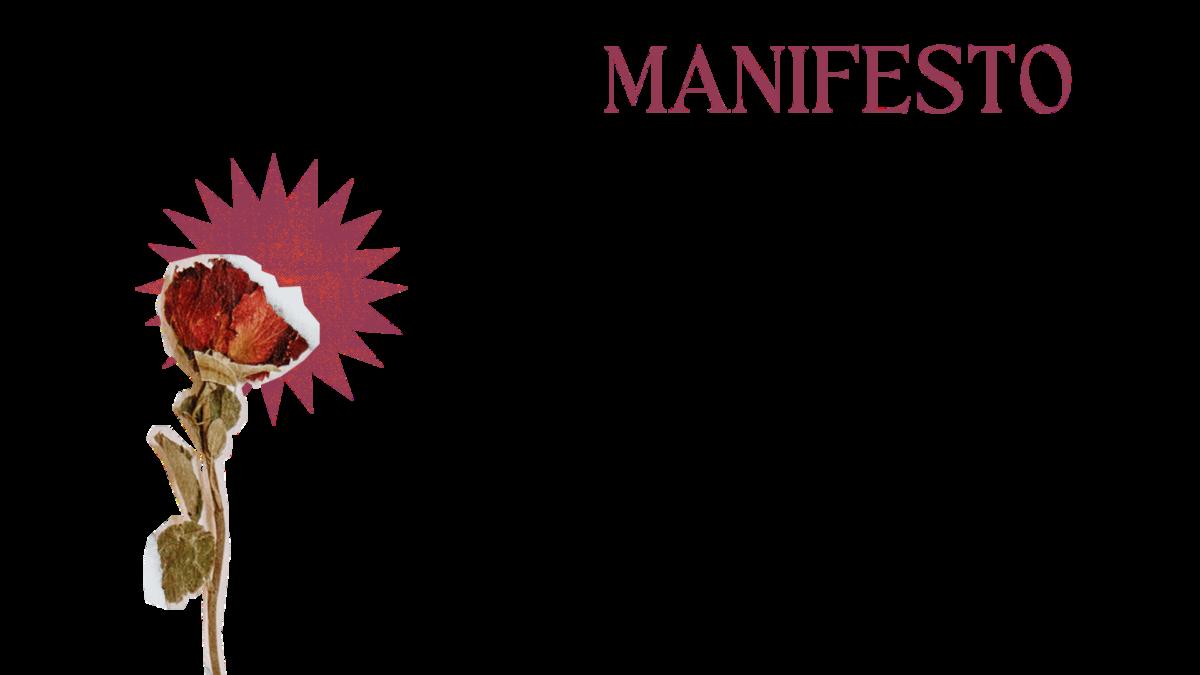

The Wanderland project is a day-long scavenger hunt that aims to address the mental health crisis in New York City by promoting urban slow practices of simplicity and leisure in green urban spaces. The game will be played across participating community gardens in Green Thumb’s network, with participants solving plot-based challenges and puzzles. Each garden will present unique clues and riddles
Source:
Carmen Pabon, Center for Puerto Rican Studies Archives.
that players must solve to progress in the scavenger hunt.
Community garden organizers are invited to co-design the scavenger hunt prompts and materials. They will have the opportunity to develop clues and riddles specific to their garden and neighborhood, ensuring a personalized and engaging experience for participants. The project also aims to foster connections between community gardens and local residents, creating new connections and potentially recruiting new garden volunteers.
A manila folder await player in the first garden — containing a map of LES community gardens, a wanderer’s travel log, and Carmen Pabon’s poetic prompt. The folder contain miscellaneous clues like a letter, pointing to an object in the garden (reminiscent of escape rooms). Perhaps the letter is from one old lover to the other, or a quizzical formula to be decoded by those mathematically inclined. Perhaps the letters offer hints related to the site’s historical context, with hints hidden in the local architecture. Perhaps the clue is hidden in an old photograph, an old map left behind by a dethroned heiress, the childhood treasure of a local shopkeeper. The feel should be intimate, almost handmade, intended to prompt people to put
their phone’s down and rely on a combination of logical inquiry, sheer curiosity and gut feelings to find the next clue.

In mid September 2023, we reached out Green Thumb about designing an urban scavenger hunt for their gardens on Open Garden Day. After receiving a positive initial response, we hosted an initial meeting with three community garden coordinators from the Lower East Side, Harlem and NYCHA respectively to propose a pilot scavenger hunt to troubleshoot in preparation for a larger event. We were able to narrow down the participating gardens based on location, and winter programming to coordinate the scavenger hunt with 3 community gardens in the Lower East Side.
We coordinated three workshop sessions with the community garden organizers; Peter Cramer from Le Petit Versailles,
Irene Meisel from Green Oasis, and Carolyn Ratcliffe from Carmen Pabon del Amanecer.
Initial debrief and design workshop on November 12
We used a online Miro board to facilitate an initial virtual design workshop. The focus of the initial workshop was to guide the volunteers through the inner-workings of the project including timeline, materials, marketing strategy, and concept. The gardeners brainstormed initial thoughts on garden-specific riddles and clues, and the elements that could be found in the final treasure.

Miro co-design space
In-person design session, November 19
We met at Le Petit Versailles, the weather was cold and we all wore jackets. We outlined three themes (”stops”) that would characterize each garden’s activities according to the story of Carmen Pabon (identity, loneliness, and Unidad).
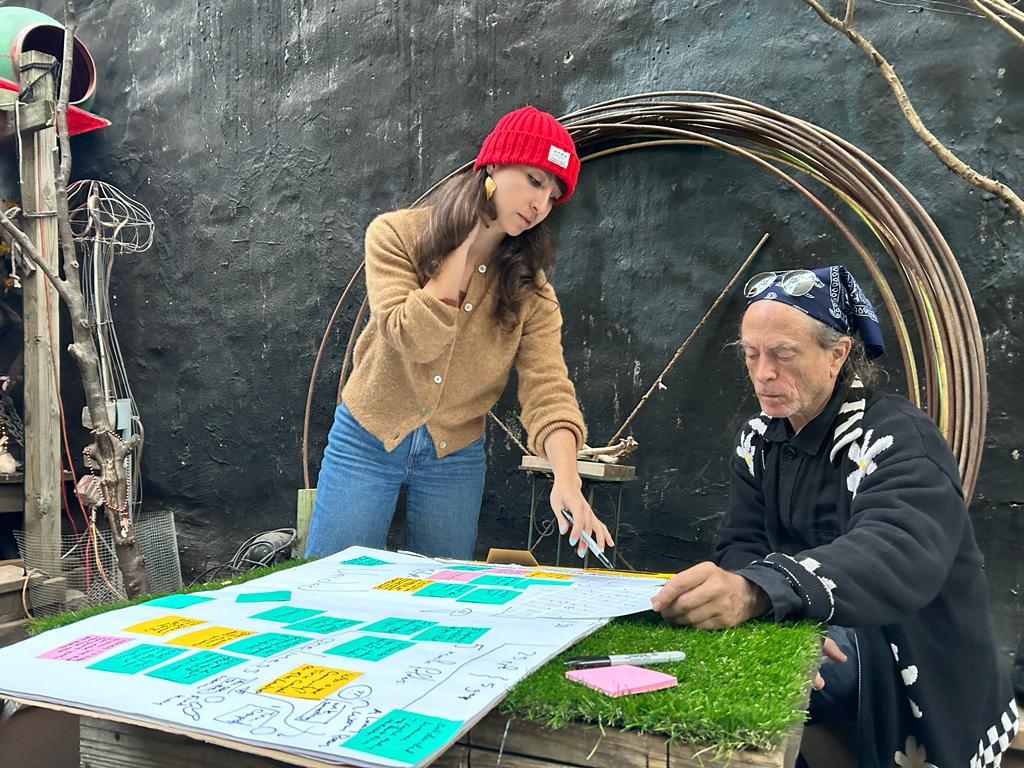
D-1 prep day December 1.
We met on December 1st to hand each gardener printed materials, and other items (as needed), and fine-tune final details for the next day’s event including expected times of arrival at each garden location.
We pooled community garden data from Green thumbs publicly available database, focusing on the borough of Manhattan. To give the map a gamified, illustrated feel, we geo-referenced several images using Manhattan's coordinates with QGIS. We tried different versions, using an 18th century map of the city’s racial distribution, and then opting for a more simple illustrated map. Green Thumb’s data was then overlaid on top, and we added svg images to replace pointdata with illustrated trees.

Source: QGIS, credit to author.
Collaborative Felt Map

The goal of this project was to engage participants in a collaborative mapping exercise — tracking their movements through the gardens through a virtual map on Felt. We transfered the QGIS map to Felt (a customizable, interactive mapping tool). The map had a drag and drop feature allowing participants to upload pictures of each garden using QR codes in the assigned “picture stations”.


A zoomed in version of Manhattan's base map was used to create the base layer to create the branding materials.
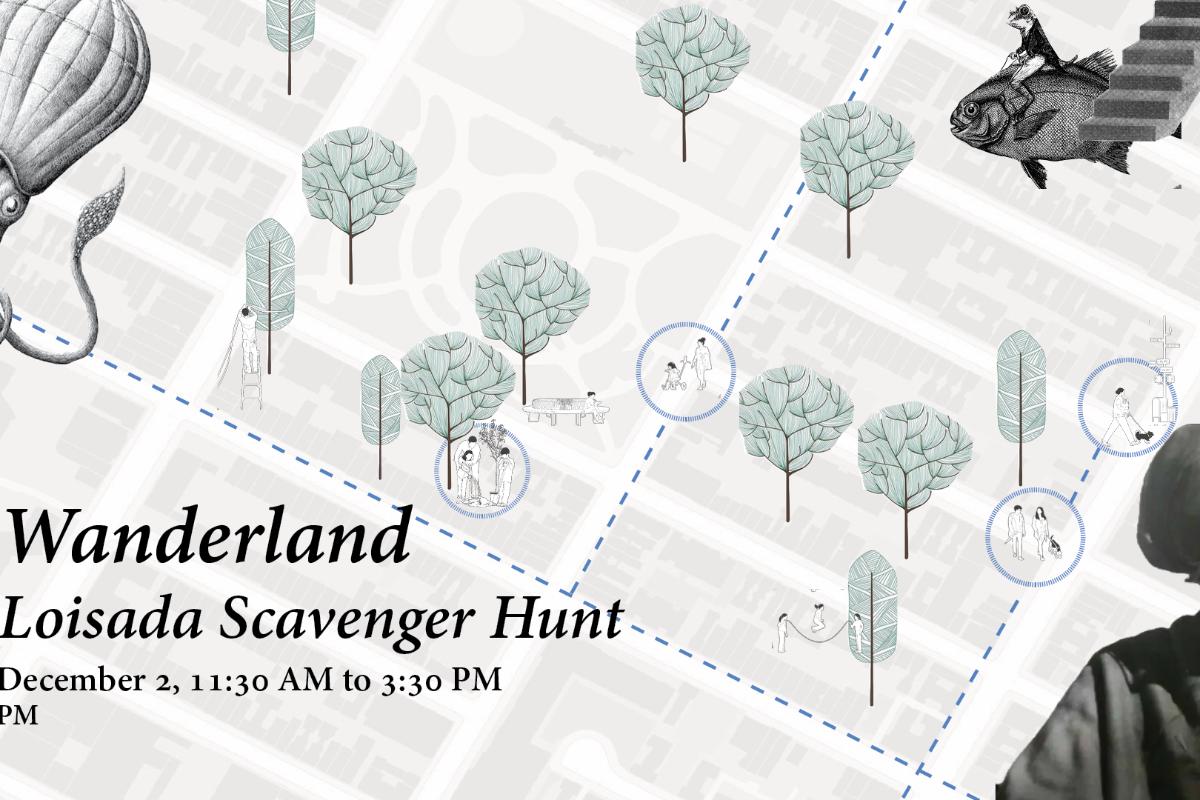
Indesign proved useful to give the branding a surrealist flare, using a mix of archival images and illustrations.
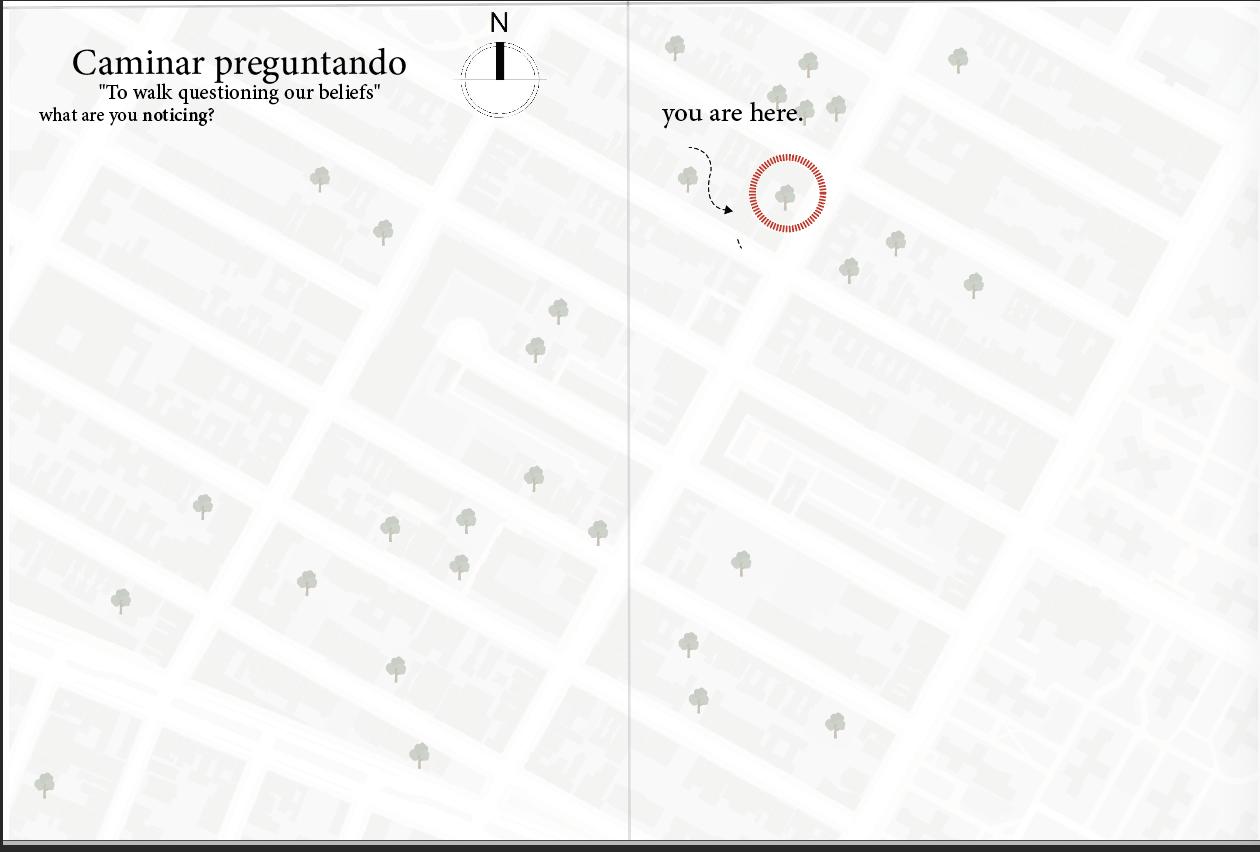
The base-layer also served to create a psycho-geographic mapping exercise inspired by the Situationists Internationale, a group of avante-garde artists in mid-20th century Europe who set out to map out emotions onto physical locations.
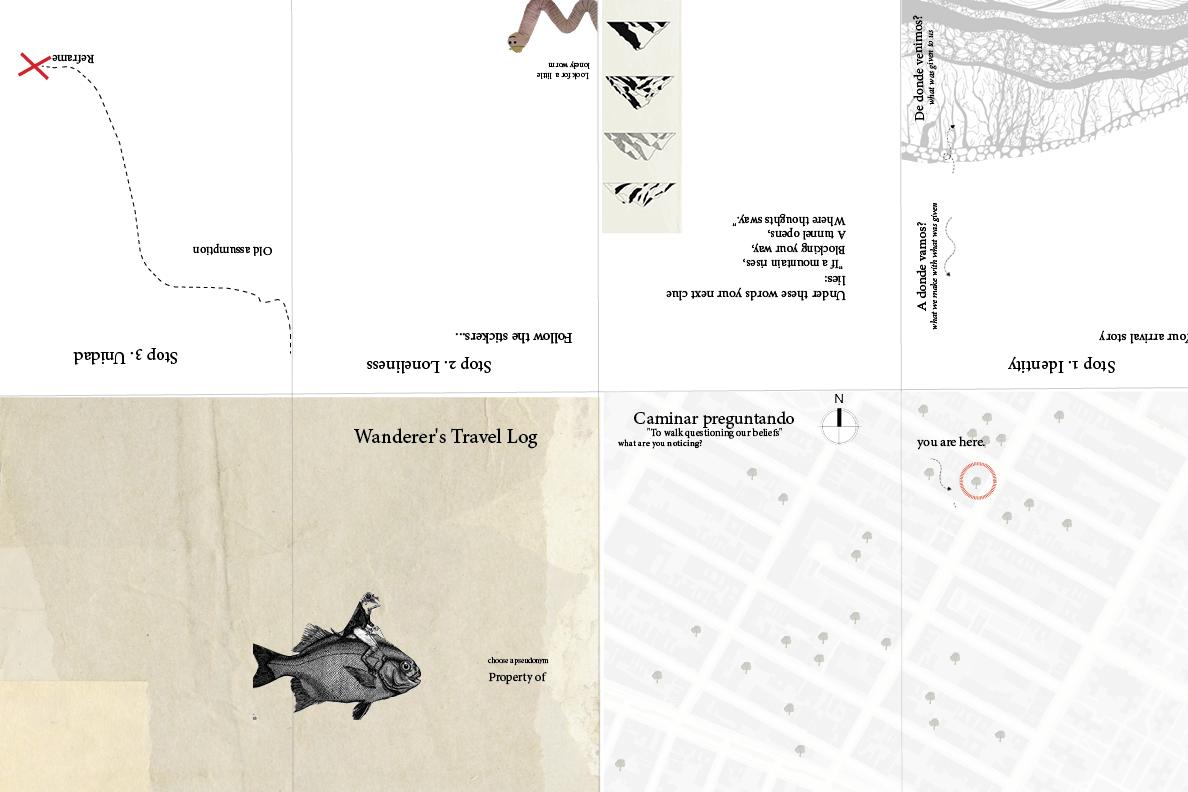
We made a zine "wanderer's travel log" for a seamless selfguided scavenger hunt that would require minimal supervision from garden volunteers.

11:30 AM players arrive to Carmen Pabon del Amanecer garden

They received a Travel Kit containing the "wanderer's travel log", the first set of clues and a pen.
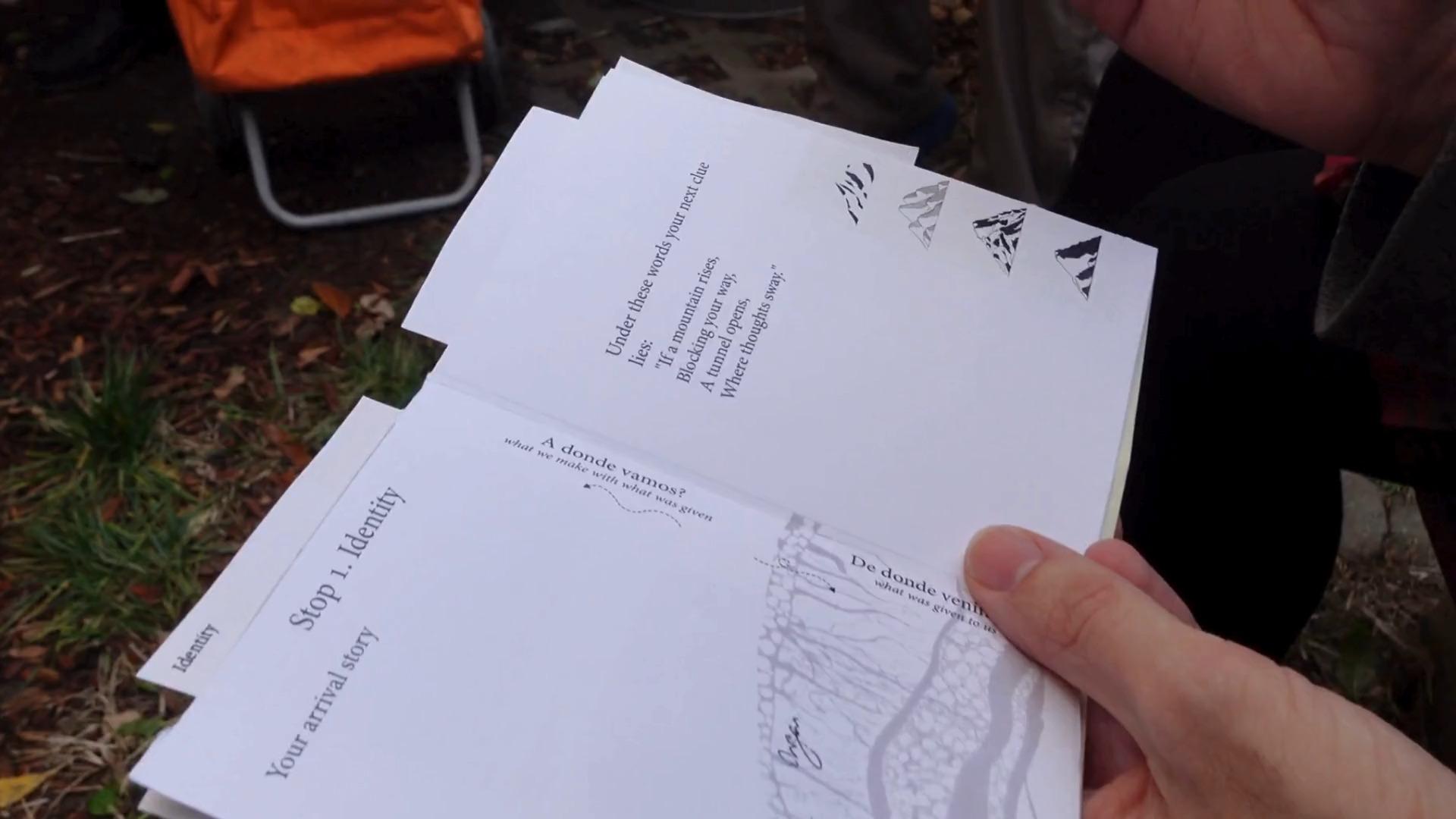
The first stop invited participants to learn about the makings of identity in Loisada through the words of Carmen Pabon, and her own reckoning with immigration, language barriers, and building a Puerto Rican stronghold in the lower east side.
They added their own thoughts on identity, "de donde venimos" (where we are from), and "a donde vamos" (where we are going).

A clue hidden somewhere on the walls of the first garden revealed the location to the second garden location.
"Beneath
these words your next clue lies."

The key to your next location. Take one with you to unlock the next garden location.
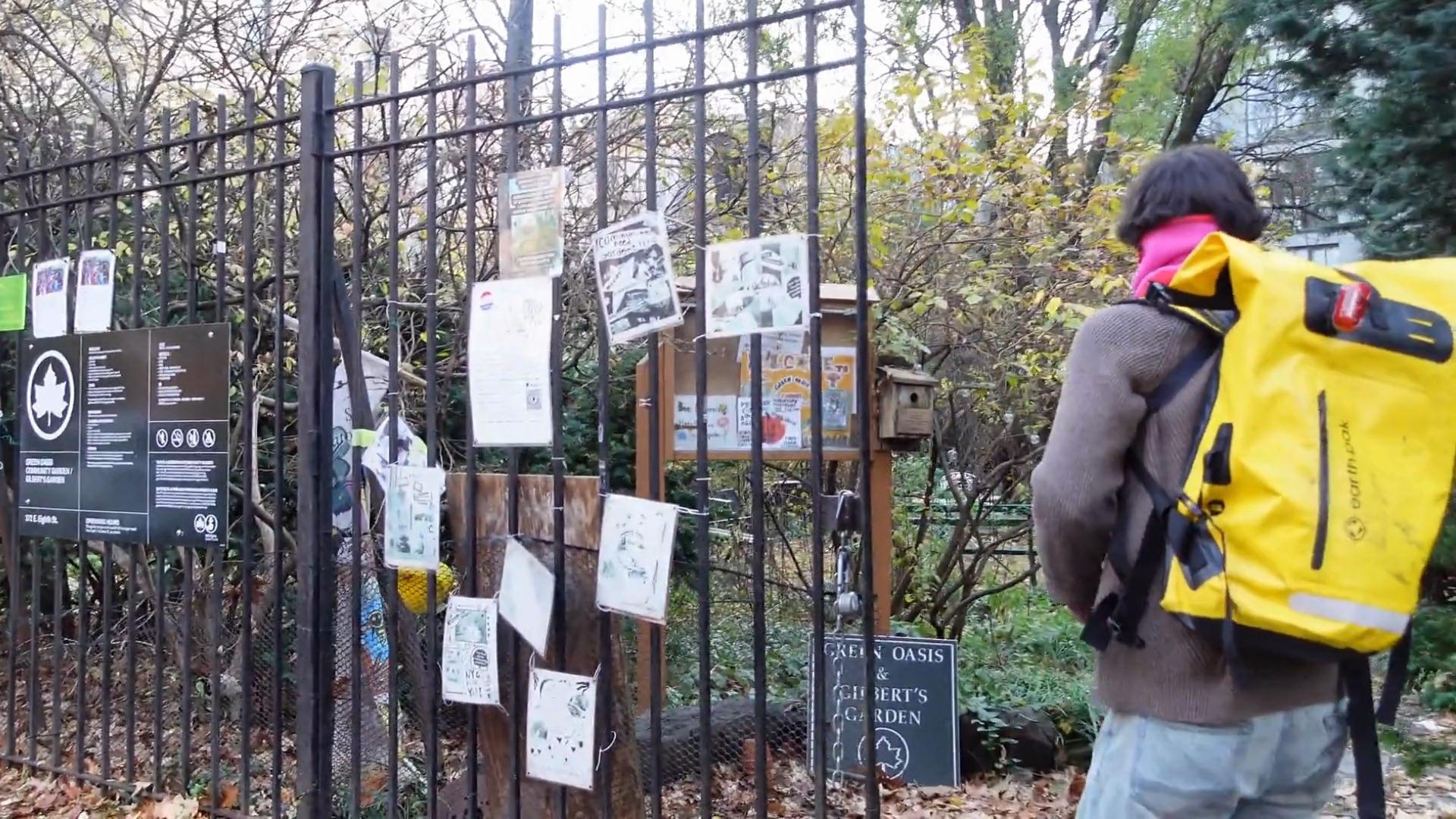
Estimated arrival time 12:30 pm.
Carmen's activism focused largely on addressing the isolation of community elders, as well as troubled youth and community members dealing with HIV.

Participants drew from Carmen's poetic prompt to think of the ways in which solitude made itself felt in their own urban experience. Afterwards, they turned the compost on loneliness with the help of Irene.
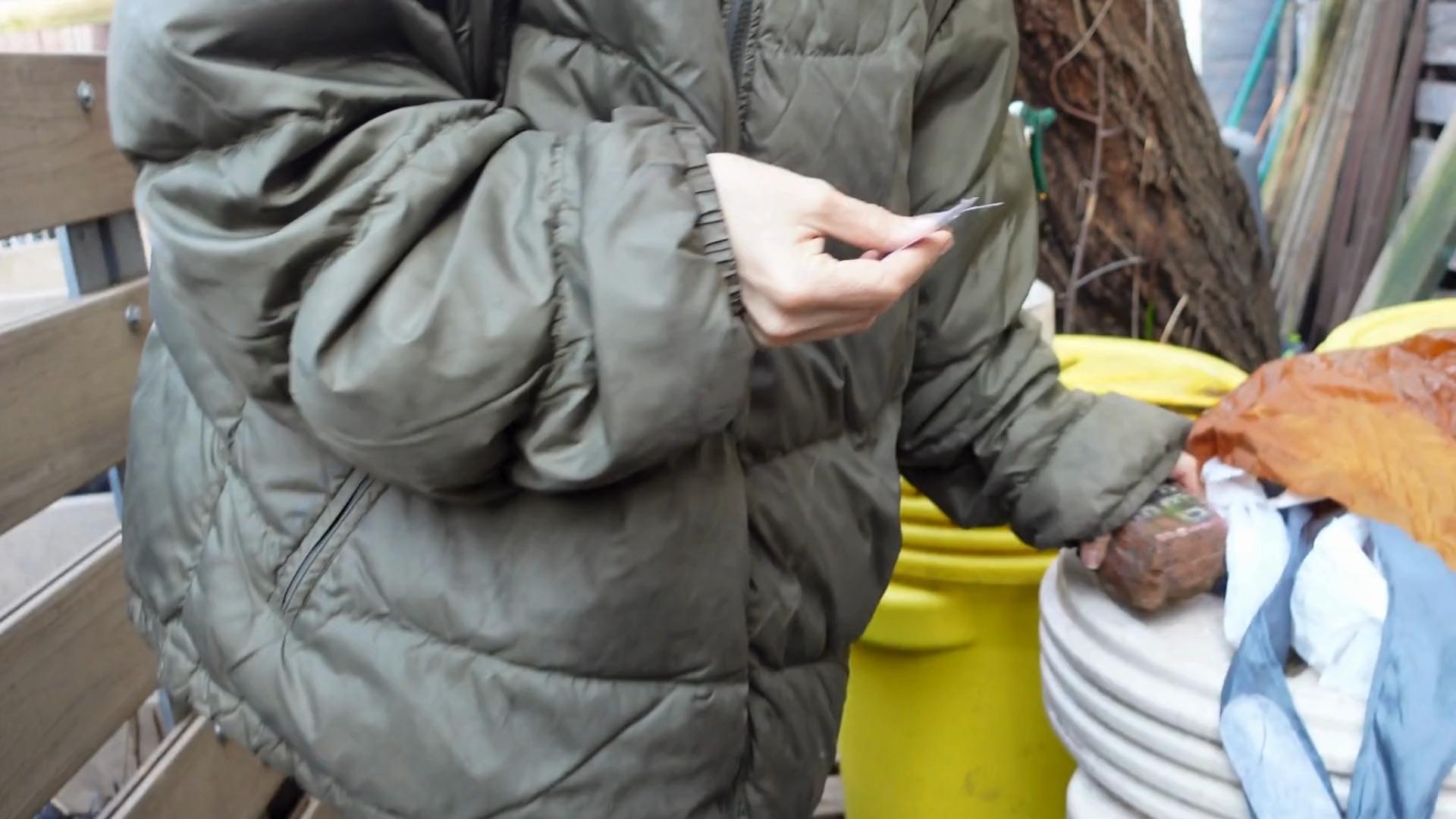
A lonely worm hidden in the garden revealed the secret to the next location. Le petit (ver)sailles.
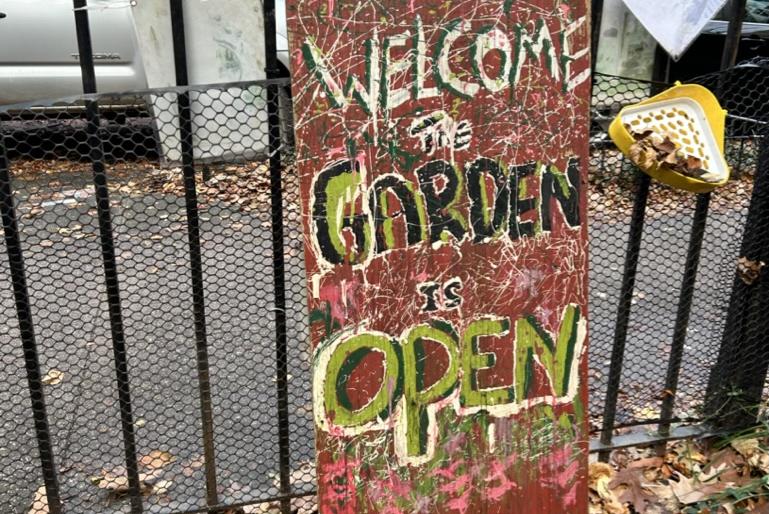
Estimated arrival time 1:30 pm.
Players arrive to the final garden destination, where they're asked to reframe an old assumption around identity and belonging, to find a treasure hidden in Unity (where a strong sense of self meets community).

One of the players finding a treasure! Art was donated by a local artist Ethan, and the Center for Puerto Rican Studies
The most direct way to scale up is by organizing a larger open garden day event in June 2023. To achieve this, it will be crucial to establish an official partnership with Green-thumb
to secure funding for the event.In addition, key partners such as community garden organizers, the city of New York, philanthropies, and potentially the Washington Post (which has previously organized city-wide scavenger hunts) will play important roles. Speaking at conferences related to urbanism, mental health, social practice art, or games-for-social change can also greatly enhance the project's credibility.
Girdner, John H. Newyorkitis. New York: Grafton Press, 1901
Hersey, Tricia. 2022. Rest Is Resistance: A Manifesto. New York: Little, Brown Spark.
Kahneman, Daniel. Thinking fast and slow. U.K: Penguin Books, 2011.
Kavlin, Sofia I. “Home.” Seedsgamelab, 2020, www.seedsgamelab.com/.
Goldhagen, Sarah Williams. Welcome to Your World: How the Built Environment Shapes Our Lives. Chicago: Harper, 2017.
El Feki, Omar. People, Play and Placemaking: Activating Public Space Through Play. Pratt institute, 2022.
Stevens, Quentin. The Ludic City: Exploring the Potential of Public Spaces. 2007.
Honoré, Carl. In Praise of Slowness. 2008.
Odell, Jenny. How to do nothing: Resisting the attention economy. New York: Melville House, 2021.
Odell, Jenny. Saving time: Discovering a life beyond the clock. S.l. Random House, 2024.
Power, Bill. New Slow City: Living Simply in the World’s Fastest City. 2008.
Raiha Zainab, Parsons International Affairs and Journalism
Lillian Reyes, Green Thumb garden coordinator (NYCHA)
Vanessa Cabrera, Green Thumb garden coordinator (Lower East Side)
Peter Cramer, Le Petit Versailles garden goordinator